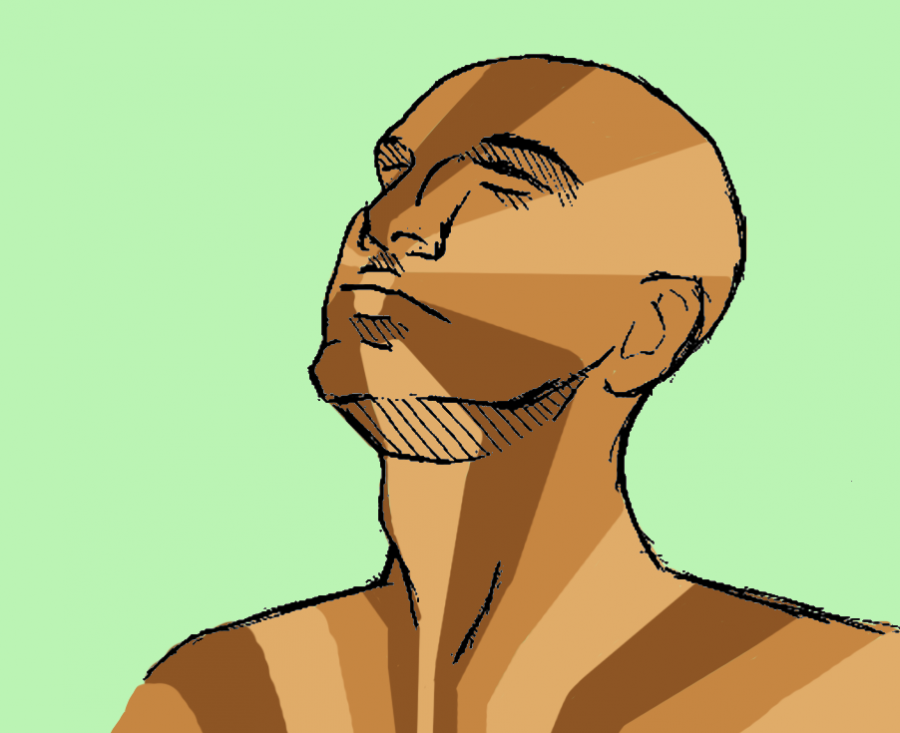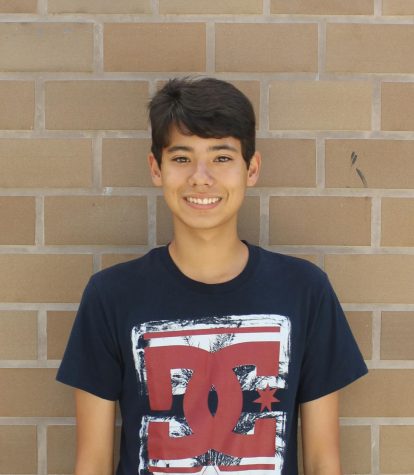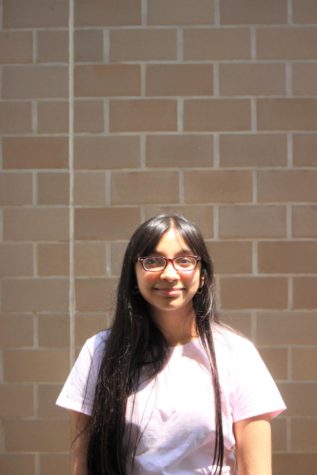Breaking down biraciality: I am myself
I embrace my multiraciality as not just my identity on the surface but fundamentally who I am.
March 10, 2020
The most frequent question I have been asked throughout my childhood is, “So what are you?” I often proceed by staring at the other person in confusion. Are they asking about my ethnic background? My religion? Whether I’m a human or alien?
My answer is most usually along the lines of, “My father is a Jewish American, and my mother is a Japanese immigrant.”
This question is seemingly harmless in nature; however, it masks the larger problem of society’s need to categorize people into identifiable groups. For multiracial people, conforming into only one group is an impossible feat, which forces them to choose to assimilate to just one culture. However, they physically cannot due to the inherent differences in factors such as skin color, language or even culture.
Before understanding the impacts of trying to assimilate and integrate oneself, it is imperative to understand the reason for assimilation. The word “intersectionality” has become a controversial part of modern politics. Originating in the 1980s and coined by legal scholar Kimberle Crenshaw, Merriam Webster defines intersectionality as “the complex, cumulative manner in which the effects of different forms of discrimination combine, overlap, or intersect.” Although racism may only be one form of discrimination, multiracial people are forced to stand at a racial intersection in which it is impossible to fully identify and be accepted by every culture.
Finding an identity is essential to being human, and this desire lies in every person. But multiracial people struggle to discover their individual definition of identity. The absence of a solid identity is exactly why multiracial people adapt and attempt to stand at a middle point of intersectionality. Some would say that there isn’t a need to assimilate in a time of diversification and progressive perspectives that can tolerate mixed cultures, but tolerance and full inclusivity are separate, and tolerance alone leaves multiracial people wanting more in terms of acceptance.
A less obvious reason for assimilation lies in the power of assumptions. Delia Douglas, a professor of Ethnic Studies at the University of California, Santa Cruz and a mother of multiracial children, explains, “Especially in the first three years of my daughter’s life, people often would stop and ask me if I was the nanny, and there were days when that would be incredibly frustrating.”
Some may argue that most assumptions are made unintentionally, a result of unconscious bias that has been built on layers and layers of learned stereotypes from childhood. Regardless, these assumptions are inherently harmful as they force multiracial people to blend in and adapt, mirroring the stereotypes created and assumed by society and becoming another chameleon with the ability to quickly transform. It is, in fact, correct that adaptation and change are inevitable and some would even argue that racial stereotypes will always demand conformity; however, the best option is for people to fit their own standards, rather than the standards of others.
Yet, perhaps most important is the idea that the impact of assimilation is negative, not just because it forces assimilation, but rather because it creates an absence of culture.
Culture is something meant to be passed on from generation to generation, as it is meant to be learned. Unfortunately, this culture can only be passed on when the parent accepts that culture and considers it a part of their identity, which becomes a problem when multiracial people gravitate toward just one culture.
From my birth, my mother has taught me Japanese, as she thought it would be an essential component to my culture and identity. As I started to assimilate, I learned English and slowly it became my prominent language. What scares me is the possibility of not being able to pass that same culture onto the next generation, and it seems I’m not the only one.
According to psychology education professor, Dr. Elizabeth Palacios, “Biracial children raised with the idea that one of their parents is superior to the other can feel forced to choose between the cultures and run into problems if they aren’t embraced by either group.” There is the argument that culture doesn’t have to be learned from one’s own parents. This is, in fact, true in terms of identity, as identity is individual, yet culture is something that changes for each family in the form of things such as tradition.
The solution here would be to ensure that assimilation doesn’t happen but rather we spend more time appreciating the different cultures that exist not only in the world but inside of individual people. In a 2010 U.S. consensus, the Census Bureau found that a whopping nine million people in the United States are of a multiracial background. These nine million people are now the messengers and teachers for the next generation, making it their responsibility to understand the importance of cultural preservation and being able to pass it on.
Rather than choosing to speak English over Japanese, my sentences will be a mix of both, just as I am a mix of both cultures. And the next time I am asked “what I am,” I will not talk about race or ethnicity, but rather I will answer with a simple phrase: “I am myself.”




